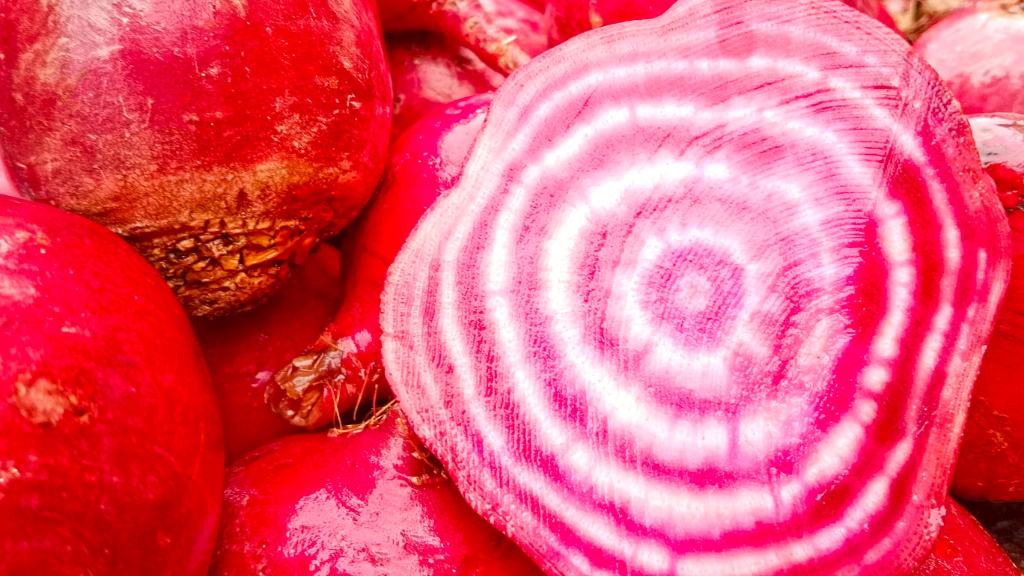History Of Chioggia Beets


Chiogga beets are heirloom vegetables with a tender texture and a mild flavor. They not only provide rich history but are quite attractive. A great variety for the avid heirloom gardener.
History of Chioggia Beets
The history of Chioggia beets (Beta vulgaris 'Chioggia'), thought to be one of the earliest garden beets, began in a small fishing village in northern Italy prior to 1840. The history of the genus (Beta) is much older. Experts believe that beet leaves were used medicinally in the Mediterranean region in prehistoric times. It was much later that somebody discovered that beetroots were good for eating too. The flesh of Chiogga beets is distinguished by attractive, alternating rings of red and white, often likened to a candy cane. The beets retain their color when they are baked whole and carefully sliced, but if you slice them before cooking, the colors merge into an attractive shade of pink.
Growing Chioggia Beetroot
If you want to try your hand at growing Chioggia beetroots, look for seeds at nurseries that specialize in heirloom plants. If the seeds aren't available locally, you may have better luck with an online search. Beets need rich, well-drained soil; incorporate a few inches of compost or manure into the soil to promote healthy root growth. Beets also benefit from an all-purpose garden fertilizer at planting time. Plant the seeds directly in the garden as soon as the soil can be worked in early spring, or plant a crop of beets when the weather cools in autumn. Allow 12 inches between rows and 3 to 4 inches between each seed. Cover the seeds with ½ to 1 inch of soil. If you have time, promote germination by soaking the seeds for an hour or two before planting. Water regularly to keep the soil evenly moist, but never soggy. Water is most important during the first six weeks. A 2- to 3-inch layer of organic helps moderate soil moisture and temperature and keeps weeds in check. Give the beets a boost by applying a dry, nitrogen fertilizer six weeks after the seeds germinate. Sprinkle the fertilizer to the side of the plants, then water deeply. Pull weeds as they appear; weeds compete with the vegetables for water and nutrients. Be extremely careful if you remove weeds with a hoe, as it's very easy to damage the growing roots. Thin the Chiogga beet plants whenever they become crowded. A spacing of 2 to 6 inches provides space for healthy root development.
Sign up for the Gardening Know How newsletter today and receive a free copy of our e-book "How to Grow Delicious Tomatoes".

A Credentialed Garden Writer, Mary H. Dyer was with Gardening Know How in the very beginning, publishing articles as early as 2007.